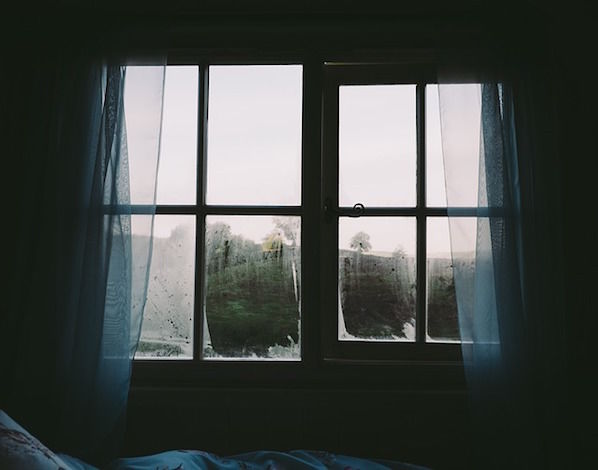HARRISBURG, Pa. — With cold weather on the way, programs that help low-income Pennsylvanians keep warm are still in jeopardy in Washington. The federal Department of Health and Human Services has begun distributing funds for the Low-Income Home Energy Assistance Program for the 2018 fiscal year. But the Trump administration has said the program is no longer necessary, and wants to eliminate it and other energy assistance programs from the budget. According to Patrick Cicero, director of the Pennsylvania Utility Law Project, so far, Congress is keeping those programs in place.”I think they still remain politically precarious, to the extent that they’re targeted for future reductions,” Cicero said. “But for this year, the funding for them has been preserved.”Funding for LIHEAP is included in the Continuing Resolution passed by the House and Senate, which expires on December 8. That sets the framework for negotiating the final 2018 budget. Also at risk is the Weatherization Assistance Program, which helps low-income families cut energy costs. As Cicero pointed out, these programs mean many families won’t be forced to choose between food or medicine and staying warm.”In the absence of these programs, there would be households who would go without heat and who would become, as a consequence of their loss of utility service, homeless,” he said.Cicero said some low-income families spend more than 20 percent of their household income on heat and electricity, far above the national average of 2.7 percent.Pennsylvania is receiving more than $178 million in LIHEAP funding alone. Cicero said energy assistance and energy-efficiency programs do more than help keep people warm.”They provide local jobs, they provide local support to communities, and they provide assistance to very, economically and otherwise, vulnerable communities,” he said.Applications for LIHEAP assistance in Pennsylvania can be filed beginning November 1.
Energy Help for Low-Income Pennsylvanians Still Precarious




